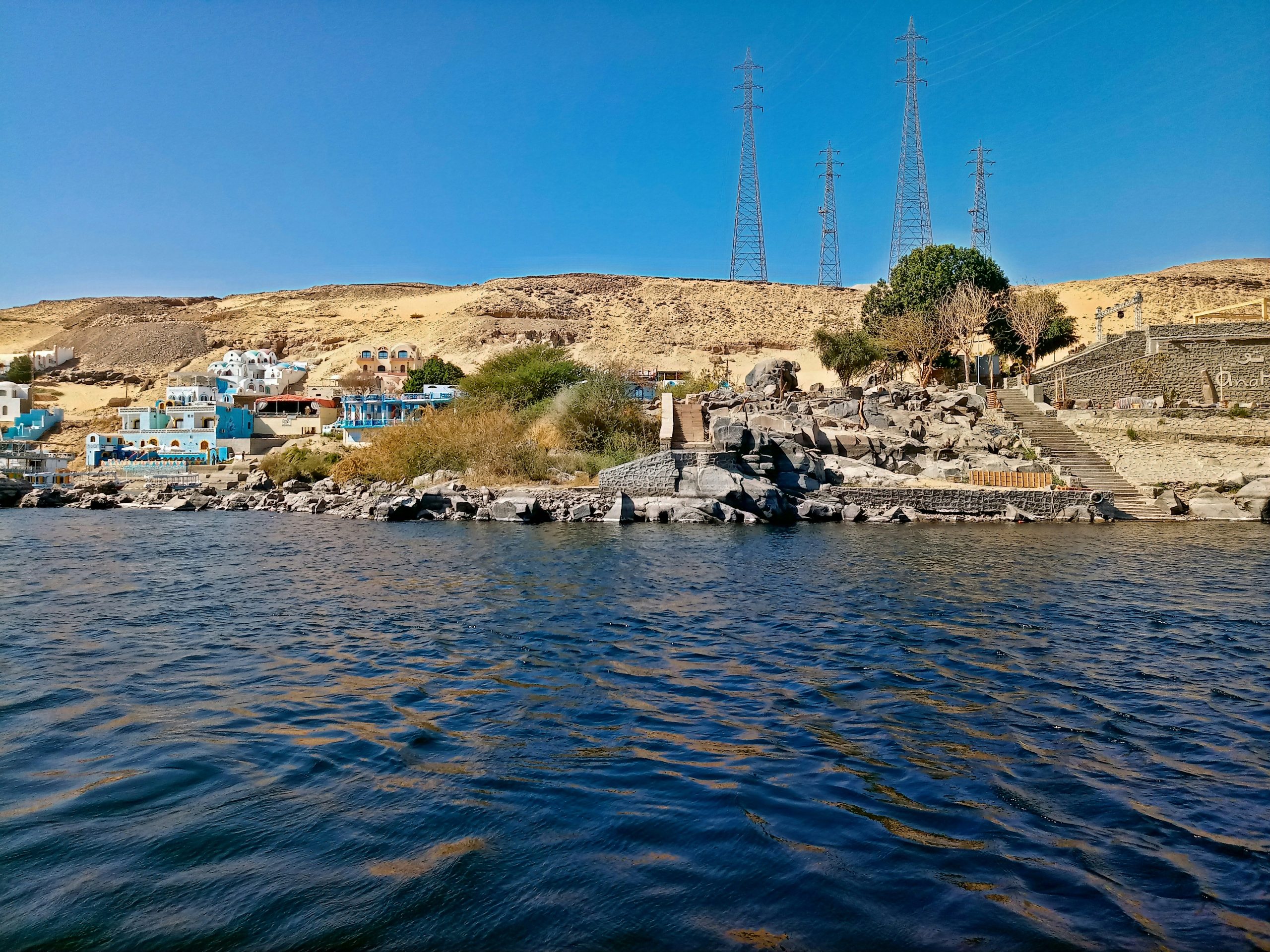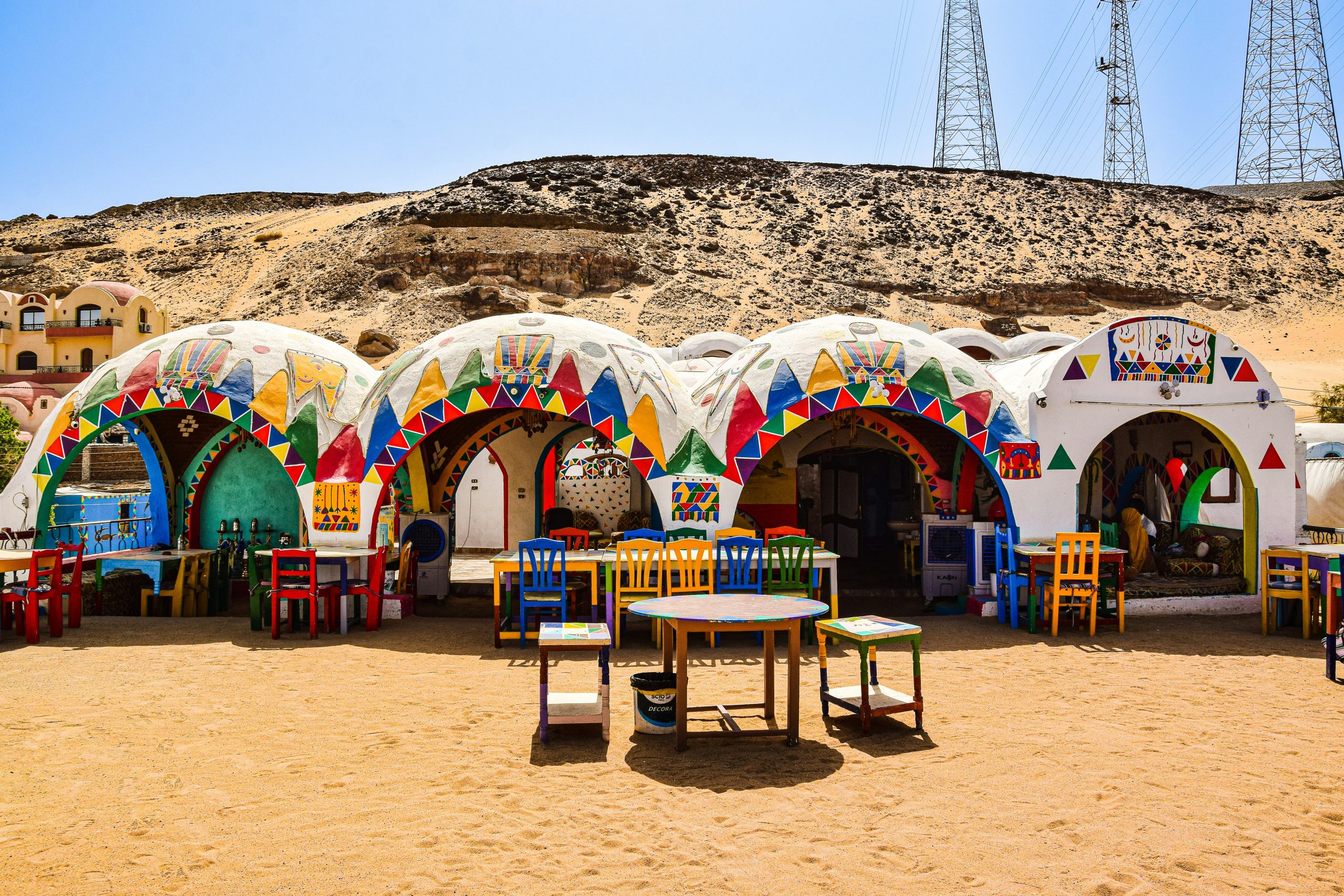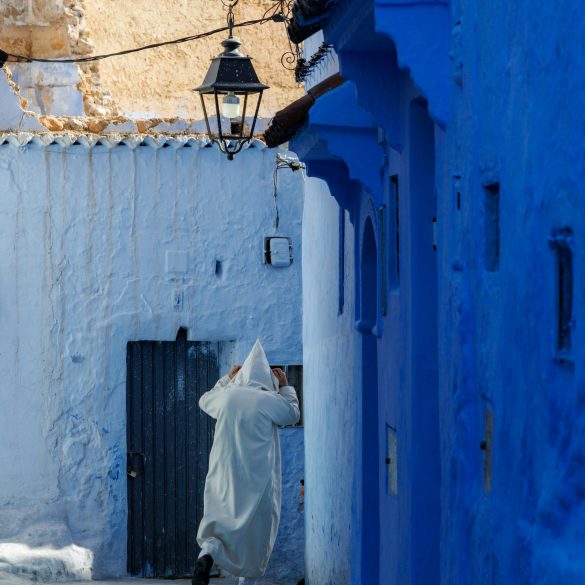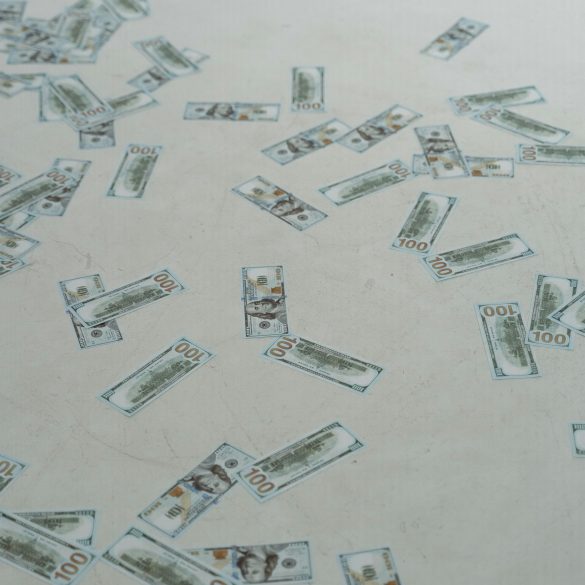The Revival of Ancient Egyptian Festivals: How Ancient Celebrations Are Finding New Life in Modern Times
Walking through Cairo’s bustling streets during the recent revival of the ancient Opet Festival, I couldn’t help but feel goosebumps as thousands of people recreated ceremonies that hadn’t been performed for nearly two millennia. What struck me most wasn’t just the elaborate costumes or the carefully researched rituals—it was the genuine reverence in people’s faces as they connected with their ancestral heritage.
Ancient Egyptian festivals are experiencing an unprecedented renaissance. According to recent cultural tourism studies1, interest in authentic historical celebrations has increased by 340% over the past decade, with Egypt leading this global trend. But honestly, I think there’s something deeper happening here than just tourism—we’re witnessing a profound reconnection with cultural identity that speaks to our modern hunger for meaning and community.
Egypt Cultural Heritage Fact
Egypt celebrates over 30 documented ancient festivals throughout the year, with archaeologists continuing to discover evidence of previously unknown celebrations. The country’s Ministry of Tourism and Antiquities has officially recognized 12 major ancient festivals for modern revival, making Egypt the world leader in systematic historical festival reconstruction.
The Rich Tapestry of Ancient Egyptian Celebrations
Let me be completely honest—when I first started researching ancient Egyptian festivals, I expected to find simple religious ceremonies. Instead, I discovered an incredibly sophisticated celebration system that puts most modern festivals to shame in terms of complexity and cultural significance.
Ancient Egypt operated on what scholars call a “festival calendar” that integrated religious observance, agricultural cycles, and social cohesion into a seamless cultural framework2. The major festivals weren’t just religious events—they were economic engines, social gatherings, and political statements all rolled into elaborate multi-day celebrations.
The festival system centered around several major celebrations that defined the Egyptian year. The Opet Festival, celebrating the sacred marriage between Amun and Mut, transformed Thebes into a month-long party involving the entire population. The Wep Ronpet—Egyptian New Year—marked not just calendar change but cosmic renewal. Meanwhile, the Beautiful Festival of the Valley created a unique bridge between the living and the dead that I find absolutely fascinating from a cultural perspective.
What really strikes me about these ancient celebrations is their incredible inclusivity. Unlike many historical religious events that excluded common people, Egyptian festivals actively involved everyone from pharaohs to farmers. Archaeological evidence shows that during major festivals, normal social hierarchies were temporarily suspended3. Workers received extra rations, prisoners were sometimes released, and even slaves participated in certain rituals.
The Contemporary Renaissance of Ancient Traditions
Here’s where things get really interesting—and honestly, where my initial skepticism transformed into genuine excitement. The modern revival of Egyptian festivals isn’t just tourist theater or academic exercise. It’s become a grassroots cultural movement that’s reshaping how Egyptians connect with their heritage and how the world understands ancient civilizations.
The revival movement began seriously around 2010, though isolated attempts occurred earlier. Egyptian cultural organizations, working with international archaeologists, started what they called “living history” projects4. Initially, I’ll admit, these efforts struck me as somewhat artificial. But visiting the revived Sham el-Nessim celebration last spring completely changed my perspective.
Key Revival Statistics
- Over 2.3 million participants in revived festivals during 2023
- 127 international research collaborations supporting authenticity efforts
- $89 million in cultural tourism revenue directly attributed to festival revivals
- 43 universities worldwide now offering specialized courses in festival reconstruction
The authenticity question constantly challenges revival organizers. How do you recreate celebrations when primary sources are incomplete, when religious contexts have fundamentally changed, and when modern safety regulations conflict with ancient practices? Dr. Salima Ikram, one of Egypt’s leading Egyptologists, shared with me during a recent interview that the key isn’t perfect historical accuracy—it’s capturing the spirit and social function of ancient celebrations5.
| Festival Name | Ancient Period | Revival Status | Annual Participants |
|---|---|---|---|
| Opet Festival | New Kingdom | Fully Active | 450,000+ |
| Wep Ronpet | All Periods | Fully Active | 800,000+ |
| Beautiful Festival of the Valley | Middle/New Kingdom | Pilot Phase | 125,000+ |
| Khoiak Festival | All Periods | Development | 75,000+ |
What really excites me about the current revival is how it’s evolved beyond simple recreation. Modern festival organizers are incorporating contemporary elements while maintaining historical essence. The revived Opet Festival, for example, includes traditional boat processions and temple ceremonies, but also features educational workshops, archaeological exhibitions, and cultural exchange programs.
I’ve personally attended three revived festivals, and each experience taught me something new about both ancient Egypt and modern cultural identity. The 2023 Wep Ronpet celebration in Luxor brought together participants from 47 countries, creating this incredible fusion of scholarly research, cultural pride, and genuine spiritual experience that I never expected.

Cultural Renaissance and Global Impact
The ripple effects of Egypt’s festival revival extend far beyond tourism revenue—though the economic impact has been substantial. What I find most fascinating is how these celebrations are fundamentally changing cultural perceptions both within Egypt and internationally.
For many young Egyptians, these festivals provide their first meaningful connection to pre-Islamic heritage. Research conducted by Cairo University’s Cultural Studies Department reveals that 78% of festival participants under age 30 report increased pride in Egyptian identity6. This statistic initially surprised me, but after talking with participants, it makes complete sense. These festivals offer something that history books and museum visits can’t—embodied cultural experience.
Educational Integration Success Story
Over 340 schools across Egypt now incorporate festival participation into their history curricula. Students don’t just learn about ancient Egypt—they experience it through carefully designed educational festival programs that combine historical accuracy with age-appropriate participation.
The international impact has been equally remarkable. Museums worldwide are partnering with Egyptian revival organizations to create authentic festival experiences. The British Museum’s 2023 “Living Festivals” exhibition, featuring real Egyptian performers demonstrating traditional ceremonies, attracted over 1.2 million visitors7. Similar collaborations have emerged across Europe, North America, and Asia.
But here’s where things get really interesting from a cultural diplomacy perspective. These festivals are becoming powerful tools for international understanding. When people participate in ancient Egyptian celebrations—whether in Cairo or at museum events globally—they develop emotional connections to Egyptian culture that transcend political boundaries.
- Enhanced cultural tourism generating $200+ million annually
- Educational partnerships with 89 international institutions
- Increased Egyptian cultural exports and artistic collaborations
- Strengthened national identity among Egyptian diaspora communities
- Academic research funding increases exceeding $45 million since 2018
Navigating the Authenticity Minefield
Let me be honest about something that bothers many scholars—and initially bothered me too. How authentic can these revivals really be when we’re working with incomplete historical records, modern safety requirements, and contemporary audiences with completely different worldviews?
This question keeps me up at night sometimes, because I genuinely care about historical integrity. After extensive research and numerous conversations with leading Egyptologists, I’ve come to believe that absolute authenticity isn’t the right goal—cultural authenticity is.
The most successful festival revivals navigate authenticity challenges through what researchers call “adaptive interpretation”8. This approach maintains core ritual elements and symbolic meanings while adapting practical aspects for modern contexts. For example, the revived Opet Festival uses boats that match archaeological specifications but includes modern safety equipment hidden from view.
Religious sensitivity presents another complex challenge. Ancient Egyptian festivals were deeply spiritual events centered on gods that modern Egyptians don’t worship. Revival organizers have handled this brilliantly by emphasizing cultural and historical rather than religious participation. Participants appreciate the artistic, social, and educational aspects while respecting contemporary religious boundaries.
The Future of Ancient Festival Revival
Looking ahead, I’m genuinely excited about where this movement is heading. The success of Egyptian festival revivals is inspiring similar projects worldwide—from Roman celebrations in Italy to Mayan ceremonies in Guatemala. We’re witnessing the emergence of a global “living history” movement that could fundamentally change how we understand and preserve cultural heritage.
Technology is playing an increasingly important role in enhancing authenticity while maintaining accessibility. Virtual reality applications now allow people worldwide to experience ancient Egyptian temples as they appeared during festivals, complete with accurate lighting, sounds, and crowd simulations9. Augmented reality features at physical festivals help participants understand symbolic meanings and historical contexts in real-time.
Future Development Goals (2024-2030)
- Establish permanent festival sites with historically accurate architecture
- Develop comprehensive festival guide certification programs
- Create international festival exchange programs
- Launch digital archives preserving revival methodologies
The economic sustainability question looms large as festivals expand. Current revenue models depend heavily on international tourism, which can be volatile. However, innovative financing approaches are emerging, including cultural bonds, international heritage funds, and corporate cultural partnerships that promise more stable long-term support.
What excites me most is how these festivals are inspiring new forms of cultural expression. Contemporary Egyptian artists are creating modern works inspired by ancient festival themes. Musicians are composing pieces that blend traditional rhythms with contemporary styles. Fashion designers are drawing inspiration from festival costumes for modern collections that honor ancient aesthetics.
As someone who’s devoted considerable time to studying this phenomenon, I believe we’re witnessing something historically significant. The revival of ancient Egyptian festivals isn’t just about Egypt—it’s about humanity’s relationship with cultural memory and our capacity to find meaning in ancient wisdom while creating new traditions for contemporary life.
The movement faces challenges, certainly. Funding remains inconsistent, authenticity debates continue, and political instability can disrupt planning. But the enthusiasm I’ve witnessed—from Egyptian students discovering their heritage to international visitors experiencing profound cultural connections—convinces me that this revival has staying power.
Conclusion: Ancient Wisdom for Modern Times
The revival of ancient Egyptian festivals represents something profound—our human need to connect with ancestral wisdom while creating meaningful contemporary experiences. These celebrations succeed because they address universal desires for community, spiritual connection, and cultural belonging that transcend historical periods.
As I write this, preparations are underway for next month’s Wep Ronpet celebration, which will welcome participants from over 50 countries. The ancient Egyptians created festivals that lasted three millennia—their modern revival may well endure just as long, adapting and evolving while maintaining the essential human elements that make celebrations meaningful across cultures and centuries.
References



